Premier League fans who tuned in to watch Chelsea’s 1-0 victory over Atletico Madrid last month can be forgiven for assuming nothing has changed at the Wanda Metropolitano.
It was the same old ultra-defensive Diego Simeone; the same old plan to destroy rather than create. In Madrid, though, the reaction was completely different: Atleti had let themselves down.
A season defined by a dramatic reimagining of the club’s playing style into something more progressive and possession-based was supposed to be maintained in the Champions League.
Instead, Simeone recoiled from his more positive approach in the last-16 first leg against Chelsea, reverting to type with a flat back six and frustration tactics. It was a Cholismo tribute act, and not a very good one.
Atletico just don’t play like that anymore, even in the big games, and it showed. Chelsea’s excellent high pressing shut down every Rojiblancos counterattack before it even started.
Thomas Tuchel went in hard on playmaker Joao Felix – cutting off the supply line to Luis Suarez – as the Spaniards became trapped in their own half. They were static and unconvincing in falling to a tame defeat.
Simeone surely won’t make the same mistake again? Surely on Wednesday evening he will return to the new system that has taken Atletico to the top of La Liga?
Progression in the tie depends upon it – as do the club’s chances of ever winning the Champions League.
It may surprise some to learn that Atletico’s rigid, defensive, and direct approach last month was in fact a betrayal of their new values: 2020-21 has been a season of shaking off their underdog status and trading it for an attitude more befitting modern football and their financial resources.
Signing Joao Felix in the summer of 2019 for €126 million (£113m/$150m) was supposed to mark a change in approach, but the 2019-20 season ultimately proved to be an awkward transitional year.
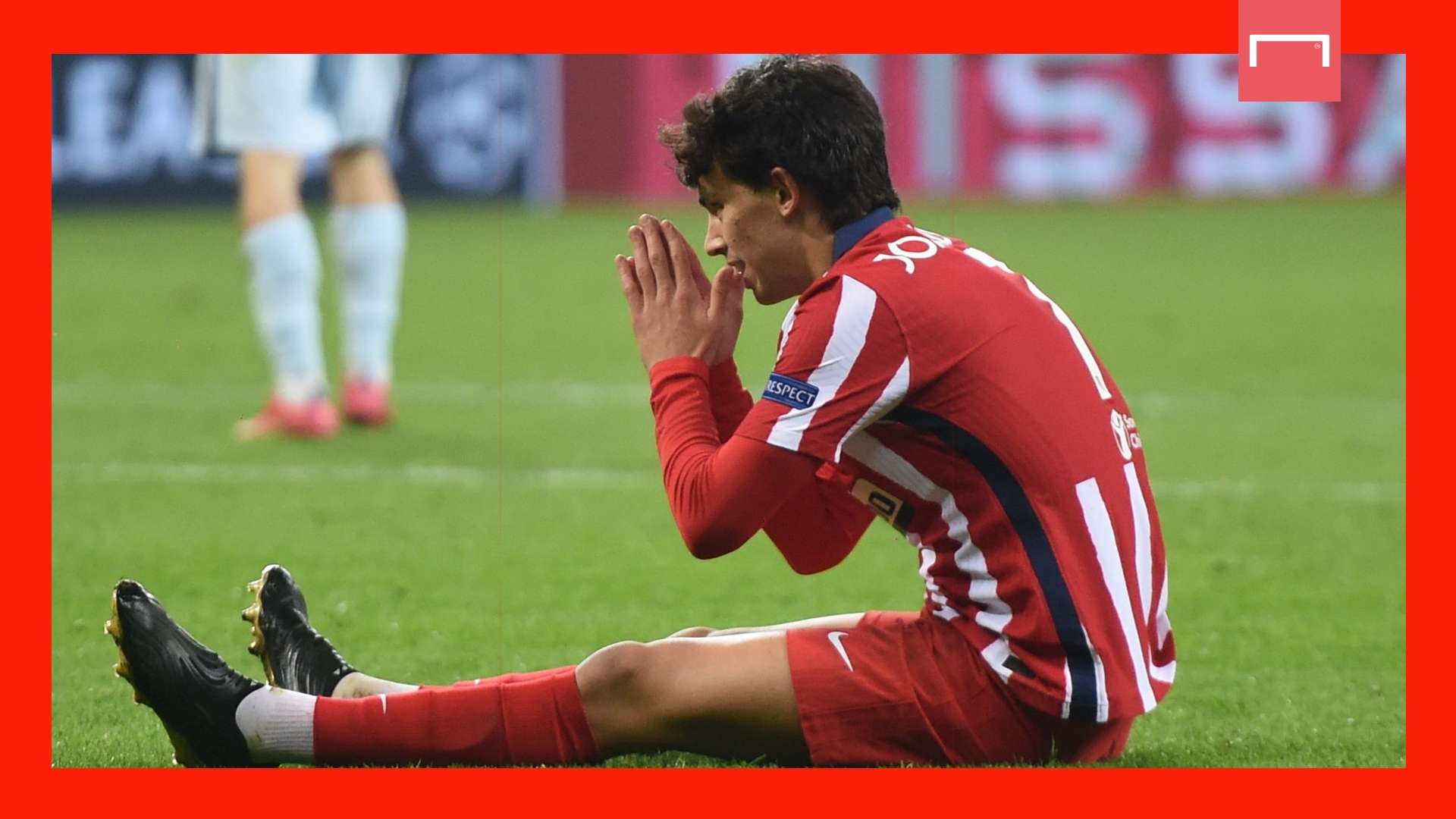 Getty/Goal
Getty/Goal
Atletico struggled to play higher up the pitch or with more possession, and as results soured, Simeone returned to his tried-and-tested methods.
However, following a year of adaptation, things clicked, and Simeone found success in a high-pressing, high-line, possession-centric 3-4-1-2 formation.
The wing-backs Kieran Trippier and Yannick Carrasco are crucial components in providing width and penetration, while a back three (of graceful ball-playing defenders, nothing like the Diego Godins of the past) gives Atleti a sense of calm and balance when progressing the ball out from defence.
Higher up the pitch, Koke has been moved into a more advanced playmaking role that allows him to pull the strings in a completely different way, while Luis Suarez is supported by Felix’s ingenuity between the lines.
The young Portugal star, and Thomas Lemar, are now flourishing in advanced areas where they belong, rather than trapped in defensive phases of play. That, at least, was the system and the attacking attitude that defined Atleti through the autumn.
However, ever since Trippier’s 10-game suspension in December, swiftly followed by an injury to Carrasco, things have begun to unravel.
The loss of both wing-backs hit the club hard, removing a vital component of the 3-4-1-2 and turning assertive possession football into something far less effective.
Atleti have won just three of their last nine games in all competitions, dropping 11 points from their last eight La Liga matches – that’s almost double the total number dropped in the first half of the season.
It turns out that a more expansive system lacks some of the grit of the old Simeone approach.
 Getty/Goal
Getty/Goal
Having switched back to a 4-1-4-1, and following an endless rotation of new faces into the right-back position, Atletico’s season was beginning to come apart when the Chelsea game came along.
It is, therefore, arguably understandable that Simeone felt the need to retreat somewhat and play for a 0-0 draw. The second leg ought to be completely different, though.
Trippier and Carrasco have both returned to the side, and with that it has become clear Simeone can restore the 3-4-1-2 and bring back the performances from the first half of the season.
Notably, since the Chelsea game he has won both matches played in a 3-4-1-2 and failed to win either match played in a 4-1-4-1, most recently drawing 0-0 with Getafe at the weekend.
Simeone should now realise he needs to deploy the 3-4-1-2 – with Trippier and Carrasco flying up the wings and Atleti playing on the front foot – when they try to overturn a 1-0 deficit at Stamford Bridge.
Aside from results dictating the formation choice, and even beyond the fact his conservative system was neutered by the Chelsea press last time, it often makes tactical sense to mirror an opponent’s back three.
Above all, they need to go for broke because this game represents a key moment for Simeone’s Atletico Madrid.
Five years on from their last appearance in the final, there is a belief inside the club that Cholismo cannot win the Champions League.
Equally important is the club’s desire to play with style; to step out of the shadow of Real Madrid and paint themselves as European elites, a moniker their success under Simeone deserves.
They must lay down that marker for a European audience, win or lose. The first leg was proof the old system doesn’t work; that once evolved, Atletico cannot simply turn on the old methods like a tap.
Most of Europe’s super-clubs are stuttering amid pandemic football, but Atleti have bucked the trend with a tactical revamp that has made them favourites to win La Liga.
This is their moment. This is the time to show Europe that Atletico, and their manager, have changed.

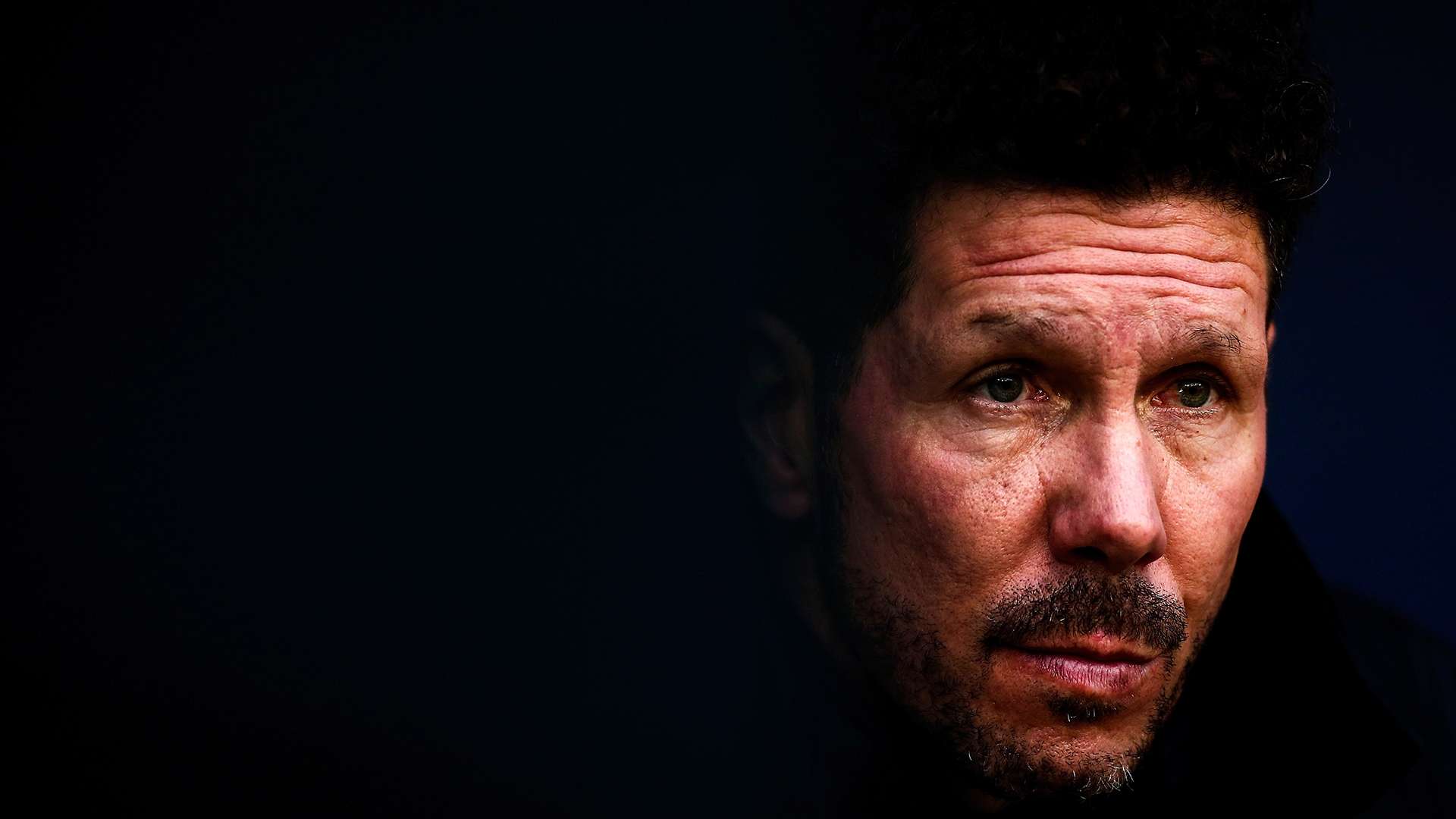




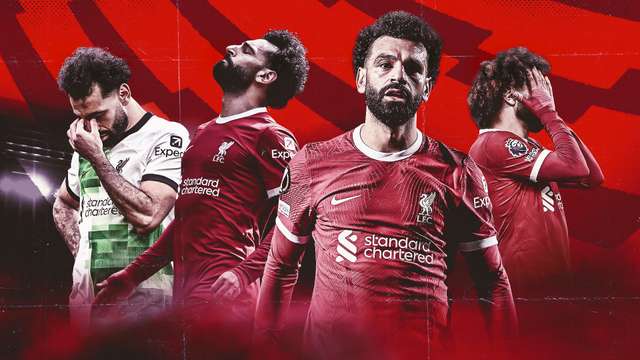

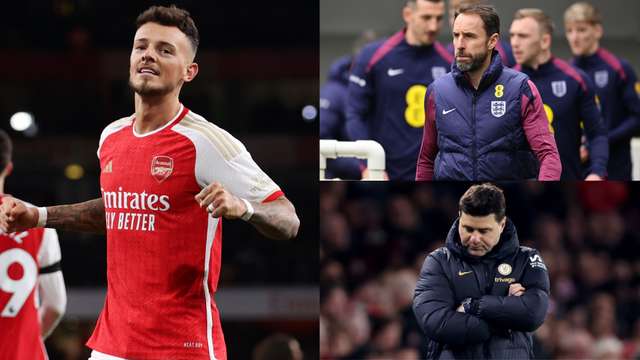
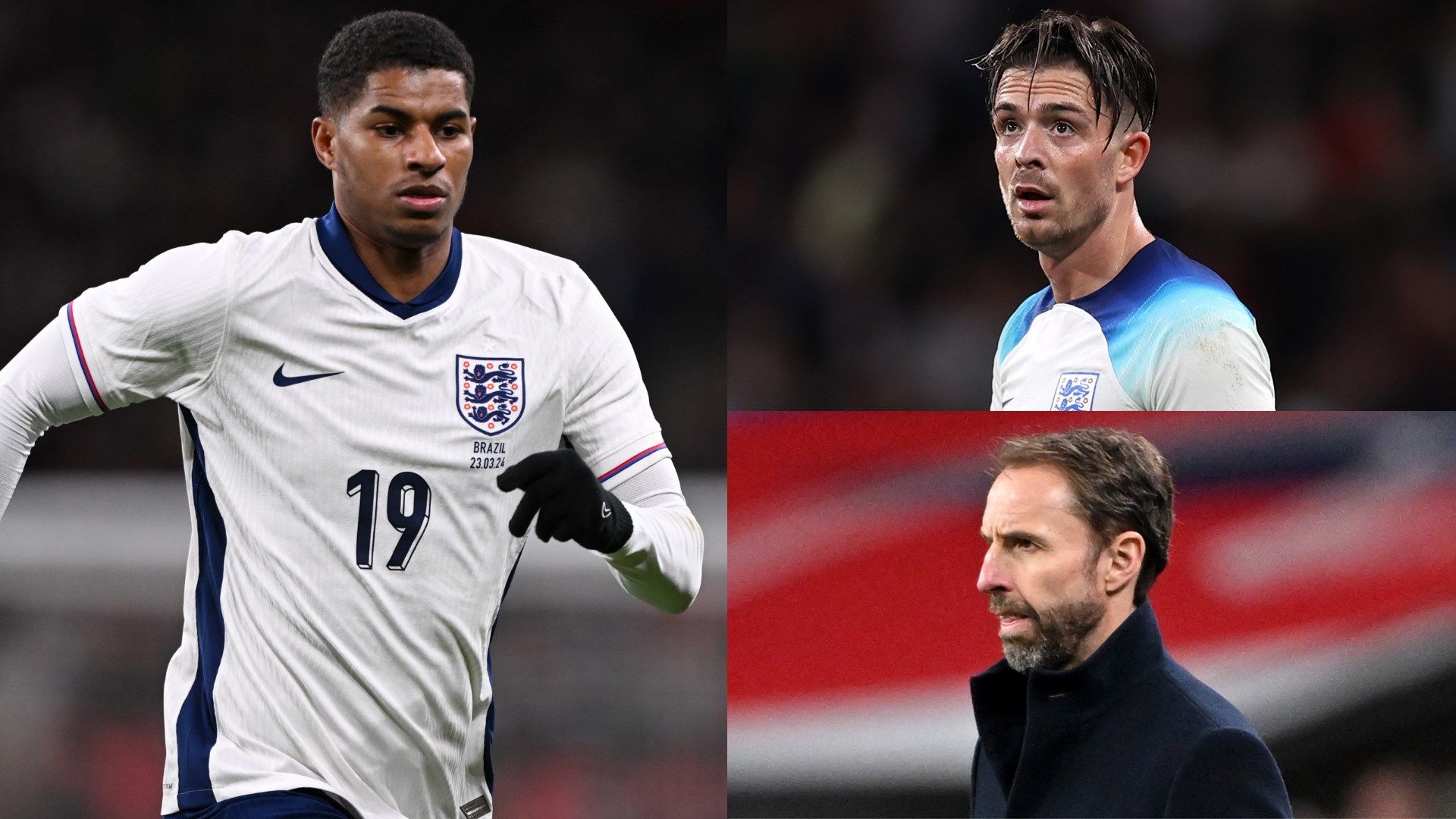.jpg?auto=webp&format=pjpg&width=640&quality=60)